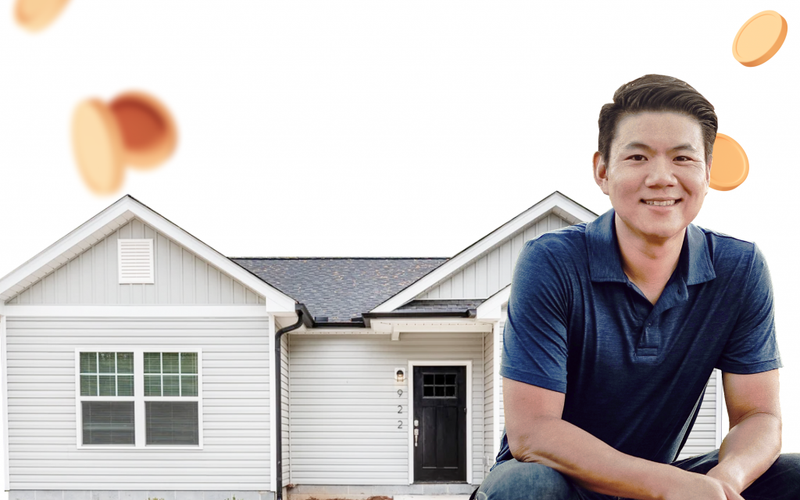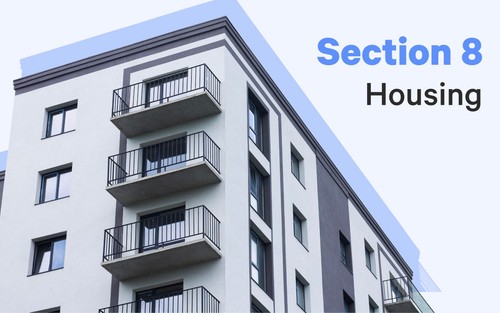New York, San Francisco, Portland, Austin, Boise, every real estate market has its day. But what exactly causes a hot market? And do you want to invest in the latest trendy city?
We sat down with our resident expert investment team at Arrived, Cameron Wu, Vice President of Investments, and Jeff Talbert, Director of Investment Valuations, to discuss investing in hot real estate markets.
What makes a hot real estate market?
Local real estate markets are constantly in flux. When areas become popular, demand rises, and competition for available home inventory gets heated.
Take Austin, Texas. The Austin-Round Rock-Georgetown metro area saw a nearly 63,000 resident increase between 2020 and 2021. Georgetown’s population alone grew 14.4%, making it the fastest-growing city in the nation.
But what makes a market “hot?” Essentially, it comes down to trends.
“Basically, everyone was going to Austin. So everyone else started going to Austin. And then even more people started going to Austin, “ says Jeff Talbert, Director of Investment Valuations.
A lot of factors can go into population booms. Corporations can move their headquarters, bringing potential jobs. Natural disasters can cause an influx of relocators. Even seeing Instagram-worthy cities on social media or TV can cause a population uptick.
Unexpected shifts can also cause the market to swing the other way. Freed from their cubicles, tech workers left San Francisco in droves during the pandemic in search of more affordable living. The city lost 7.1% of its population during the height of Covid-19.
Is a hot market a good investment?
Investing in an upswing comes down to making predictions. You must predict if people will stay excited about an area for an extended period. San Francisco’s housing market seemed invincible during the tech boom. Star, Idaho, has seen a 14% population increase in the post-pandemic era. Who could have predicted that?
You also need to compare the current housing inventory and the option to increase supply in an area against demand.
“Price is the intersection of supply and demand,” says Cameron Wu, Vice President of Investments at Arrived. “Demand can go up much faster than supply can. Building up any sort of material inventory in a housing market takes at least three years. If you have Covid-19 hit and people are suddenly like, ‘Welp, I’m moving,’ they can do that in a month, but your housing market can’t respond that quickly.”
At first, a growth spurt can cause housing prices to go up as demand outpaces supply. But if supply can — and likely will — catch up, prices probably won’t continue rising.
“If a hot market is in an area where supply is constrained, then population increase may be enough in a vacuum to sustain price growth. But if you’re in a place with a lot of buildable land and available labor to put up housing, it may not,” says Wu.
Following trends can make sense if you know the housing supply will stay constrained and you’re reasonably confident the movement will hold out.
But on the flip side: “You really don’t want to YOLO into a market that’s gone too far,” says Talbert.
How Arrived enters a market
Arrived’s strategy is less reactive to market trends. “We don’t chase a lot of the super hot markets to mitigate any potential softening in home prices,” says Talbert.
Instead, Cameron and Jeff’s buy box criteria consists of looking at new construction at a lower price point that offers durability — essentially delivering consistent outcomes, demand, and minimal maintenance requirements.
“We’re also skewing toward markets that we think have better long-term growth dynamics,” says Wu.
This strategy allows Arrived to invest in homes that are accessible, desirable, and come with warranties or recourse to fix any issues, thus maintaining investor expense risk. Combined with affordability, there is also more potential for home appreciation. “If you have a home that’s new at $280,000. It is easier for that to go up to $350,000 or even $400,000 than buying a home in a hot market at $1 million and hoping it goes up by an equivalent 20%,” says Wu.
Real estate is a complex market. When making investment decisions, investors should pay close attention to supply and demand dynamics, interest rates, and market trends. Staying updated and cautious is essential. Arrived does the heavy lifting to find the best markets so their investors can focus on building long-term wealth, one investment at a time.







